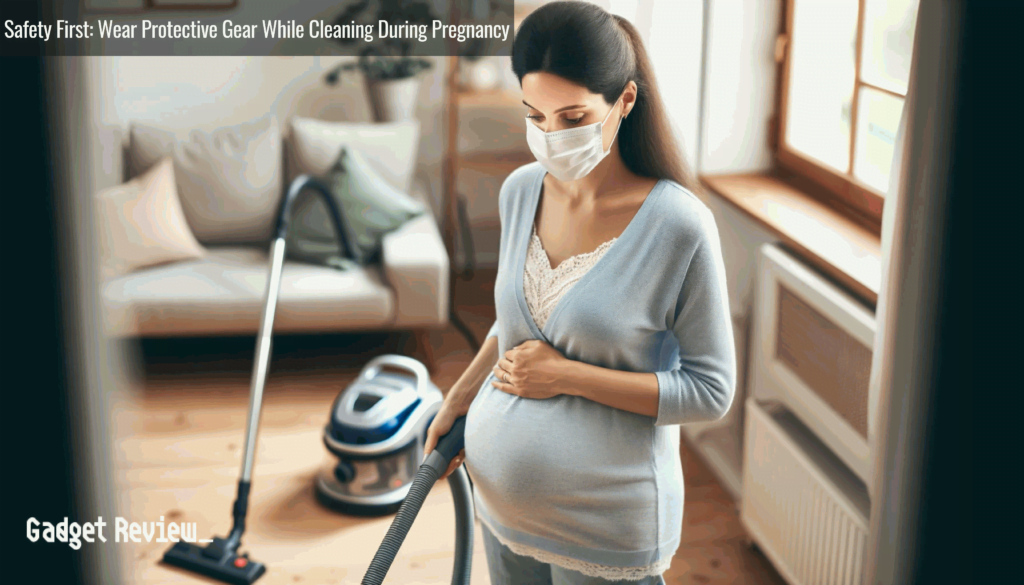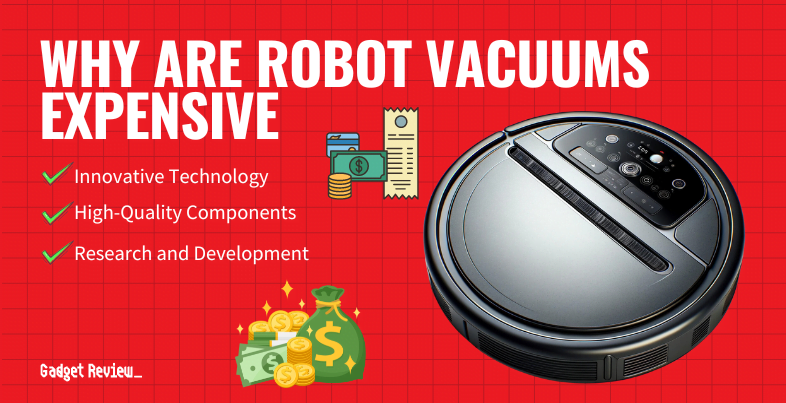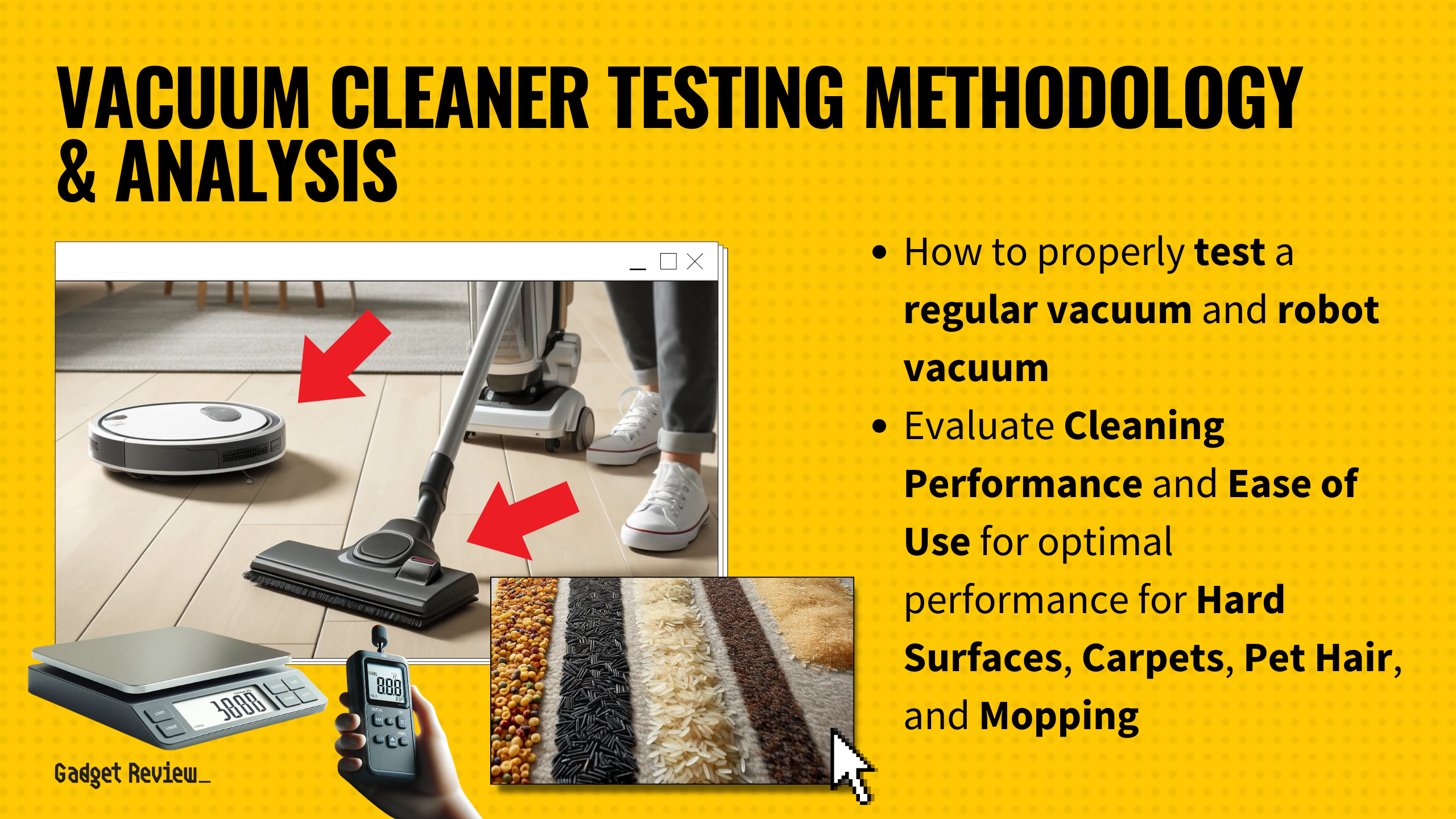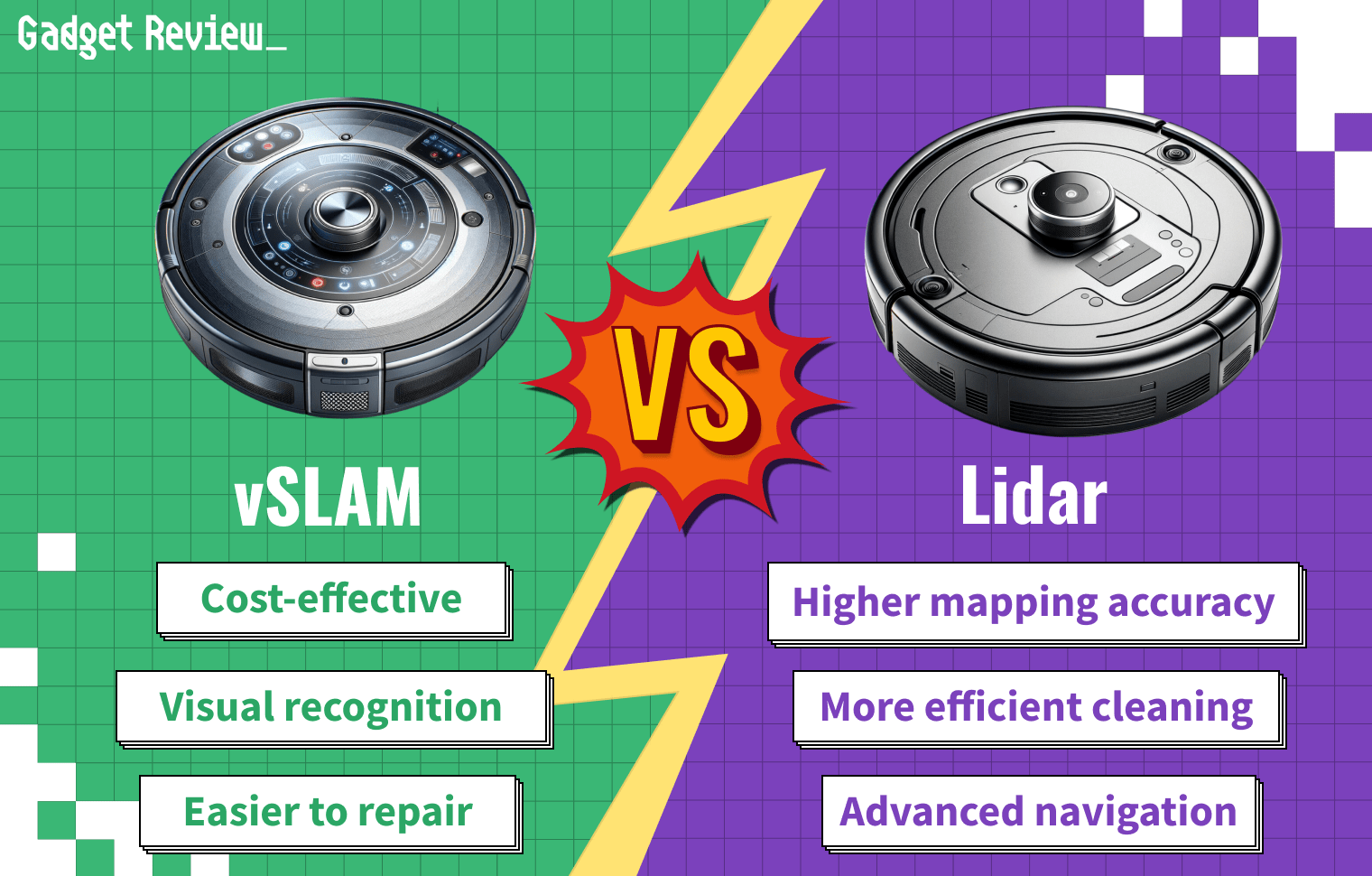Pregnancy brings a ton of changes in the daily routines we often take for granted. One such routine is household cleaning, particularly vacuuming.
It’s common for expectant mothers to question the safety of continuing with chores like vacuuming.
This post provides clear guidance on the matter, ensuring you can maintain your home without compromising your or your baby’s well-being.
Vacuuming While Pregnant: Is It Safe?
Yes, vacuuming during pregnancy is generally safe. However, it’s crucial to adapt your approach to accommodate your changing body and to minimize any risks.
For example, as your pregnancy progresses, maneuvering a heavy object like a vacuum cleaner can put extra strain on your body. Try lifting the vacuum with your legs instead of bending at the waist.
Key Takeaways_
- Use lightweight, upright vacuums and avoid heavy lifting.
- Consult healthcare providers for personalized advice and consider alternatives if necessary.
You may also want to limit your exposure to harsh cleaner sprays. Many commercial household cleaners contain harmful chemicals, with the biggest risk being to your unborn baby.
Consider switching to more natural cleaning solutions during your pregnancy or asking someone else to take on vacuuming duties.
Using the right equipment, taking protective measures, and understanding your physical limits are key to safely managing this household task.
Cleaning While Pregnant
To learn more tips about safe cleaning and vacuuming while pregnant, watch the video below.
Understanding Vacuuming Safety While Pregnant
There’s no specific studies on vacuuming during pregnancy, but experts agree that with the right precautions, it’s a safe activity.
You must be aware of your body’s new limits and adjust your cleaning methods accordingly.
Addressing Physical Changes and Risks
Pregnancy alters your center of gravity and softens tissues, increasing the risk of falls and injuries.
These changes call for a modified approach to vacuuming and other household chores.
Precautions to Ensure Safety

STEP 1 Use Appropriate Equipment
- Opt for lightweight, upright vacuum cleaners to reduce back strain.
- Ensure your vacuum has a HEPA filter to trap small particles and allergens effectively.
STEP 2 Take Protective Measures
- Wear a face mask to prevent inhaling dust and allergens.
- Use gloves, especially if you have allergies to dust or are using cleaning products.
STEP 3 Physical Activity Considerations
- Avoid over-exertion, particularly in the later stages of pregnancy.
- Engage in moderate activities like walking or yoga to maintain overall health.
Specific Situations and Alternatives
Vacuuming in the second trimester is often more comfortable as this is typically when women feel their best.
But, consider alternatives like dust mops or professional cleaning services for a less physically demanding approach.
insider tip
Vacuuming can aggravate sciatic pain, a common pregnancy issue due to the growing uterus putting pressure on the sciatic nerve. Listen to your body and take breaks if needed.
Managing Household Chores Beyond Vacuuming
While vacuuming is a focal point, it’s important to approach all household chores with safety in mind.
Avoid tasks that involve heavy lifting or exposure to harsh chemicals.
Special Considerations
Be mindful of the risk of toxoplasmosis from cat litter. Avoid this or delegate it.
insider tip
Ensure good ventilation in the room to minimize dust exposure.
Also, be cautious of tasks that involve heights, as balance can be an issue during pregnancy.
Keeping Safety and Comfort in Focus
While vacuuming and other household chores are generally safe during pregnancy, they require a thoughtful approach. Listen to your body, adjust activities as needed, and don’t hesitate to seek advice from healthcare providers.
Remember, your health and comfort should always come first.
Keeping your home clean is important, but not at the expense of your well-being.






























